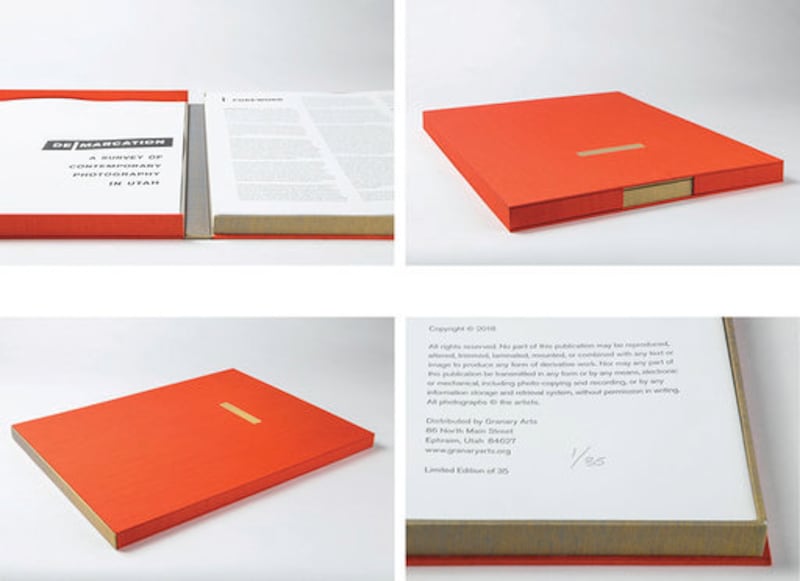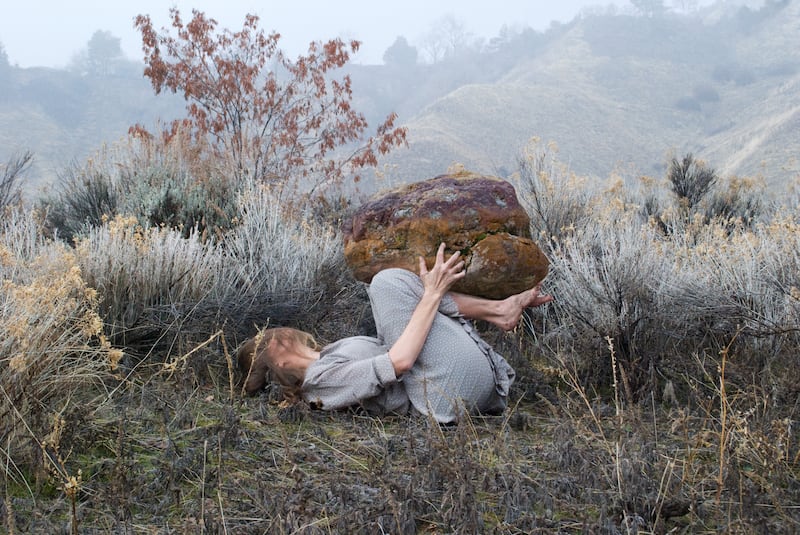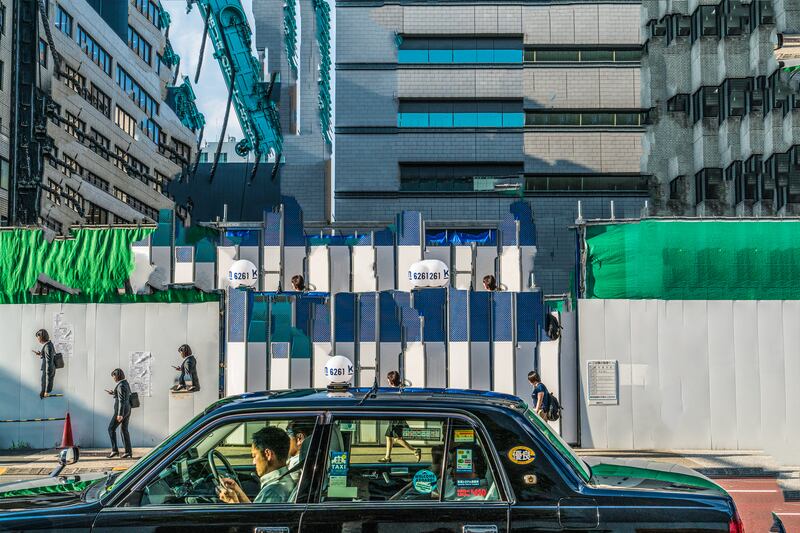SALT LAKE CITY — The words "Utah photography" generally bring to mind images of the state’s sprawling deserts, forested meadows and huge mountains. But a new book aims to show a different side of Utah's photographic world — and to introduce readers to some of Utah's lesser-known artists.
“We were trying to find everybody," said Amy Jorgensen, one of the project's creators. "Although I know many artists working in the state, I was consciously looking for people who also weren’t on my radar. There’s an extraordinary variety of work out there.”
Helmed by Jorgensen — a multi-disciplinary artist, educator and founder and director at the Granary Arts in Ephraim — and Ed Bateman, associate professor and head of photography and digital imaging at the University of Utah, "DE|MARCATION: A Survey of Contemporary Photography in Utah" aims to provide a wide-reaching survey of Utah's contemporary photography.
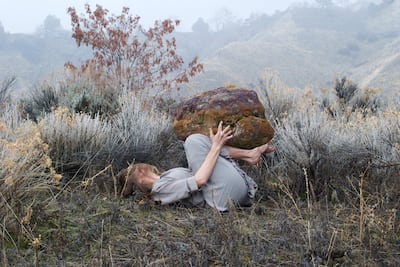
Jorgensen and Batemen began their collaboration on the project back in January 2016. Inspired by the idea of building a photographic community by bolstering the work of local photographers, the pair set out on a deep dive of the state’s most innovative artists. The pair made their concept tangible — and physical — with the help of Marnie Powers, the Torrey Director of Red Butte Press, who compiled the physical box that contains the images and essays.
In November of 2018, the press released "DE|MARCATION." The survey is a limited edition collection that will be featured in collections throughout the state, such as the J. Willard Marriott Library’s special collections at the U. The creators have also crafted an exhibition alongside the project, which will travel throughout the state and perhaps beyond.
The portfolio’s title is emblematic of the themes contained inside — the varying ways in which the body, performance, landscape, communication and technology can inspire and define artistic practice.
As a noun, “demarcation” explains that which limits or defines. While the collection invariably speaks to the eagerness of Utah artists to escape the limiting stereotypes of “Utah” or “Western” art, it also brings a new perspective to the photographic medium itself by examining the ways in which we interact with and understand our culture and place.
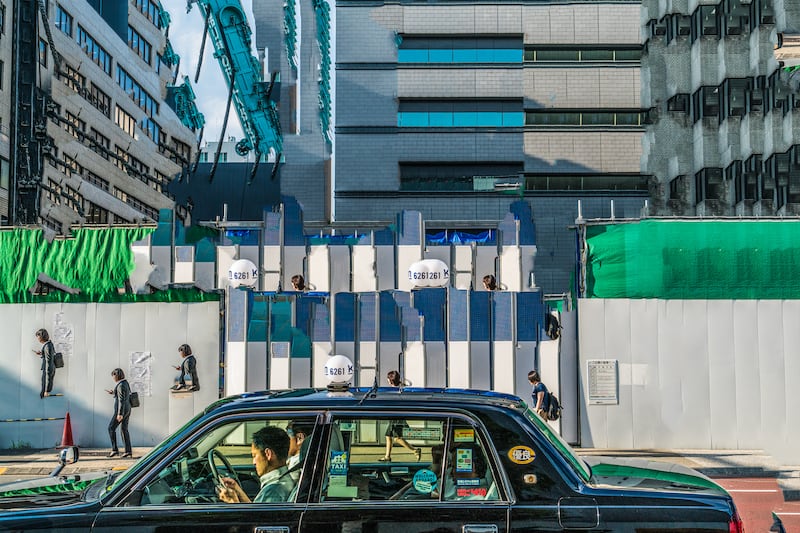
Just as early pioneer photographers set out to explore the state’s rich geographic territory, so too are contemporary photographers hoping to tackle new terrain. For Jorgensen and Bateman, the quest to find the survey’s highlighted artists was a deep vetting process that took them to all corners of the state. The chosen work, Jorgensen said, “spoke for itself,” as the images included warranted repeat viewings and rich interpretations.
While the pair weren’t short on candidates to include in the portfolio, they consciously selected artworks that “could speak to the cutting edge of what’s happening in contemporary photography (and) artists who were intentionally committed to their practice as a fine artist but also committed to pushing the boundaries of the medium,” Jorgensen said.
The final selection of artists include Kimberly Anderson, Christine Baczek, David Baddley, Edward Bateman, David Brothers, Van Chu, Samuel Davis, Daniel George, Haynes Goodsell, Amy Jorgensen, Natalie Kirk, Karalee Kuchar, Carsten Meier, Bernard C. Meyers, Andrew Patteson, Kim Raff, Nancy E. Rivera, Fazilat Soukhakian and Josh Winegar.
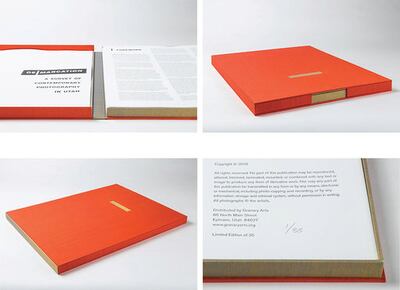
The portfolio box itself emerged as an impressive art object. Bound in a sea of red fabric, a bright vertical line dissects the face of the box in a dynamic fashion. The collection includes full-page photographs from the selected artists, as well as essays from Jorgensen and Bateman.
And while the packaging is striking, "DE|MARCATION" is also a strikingly ambitious project, according to Jorgensen.
“(It holds) ideas about building community, finding ways to promote and support the work of artists outside of metropolitan areas and setting a benchmark for contemporary photography in the region.”


